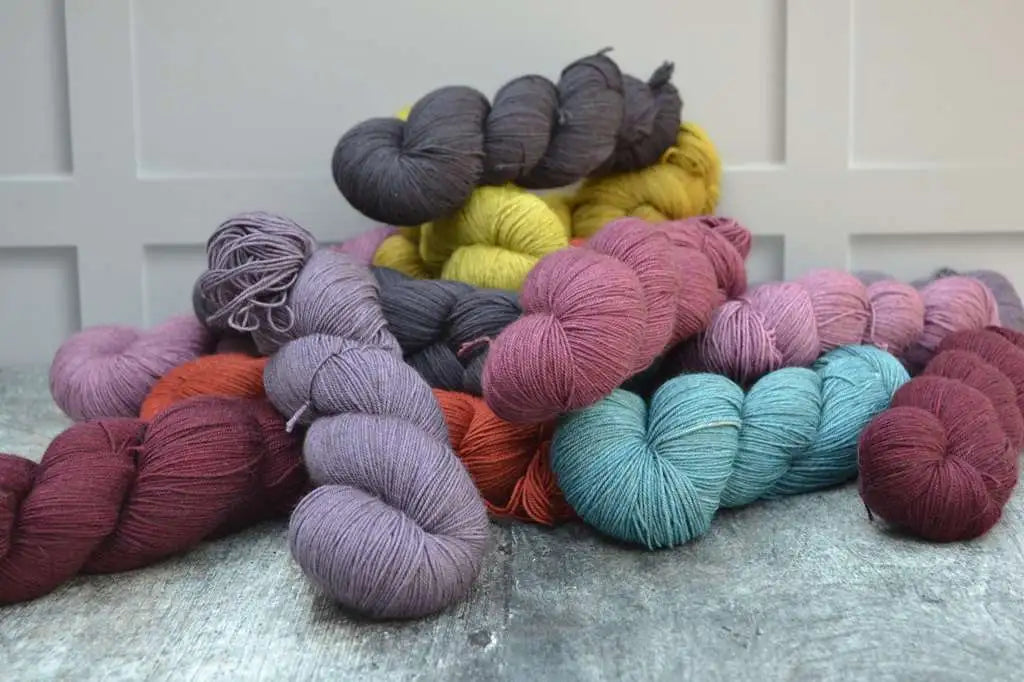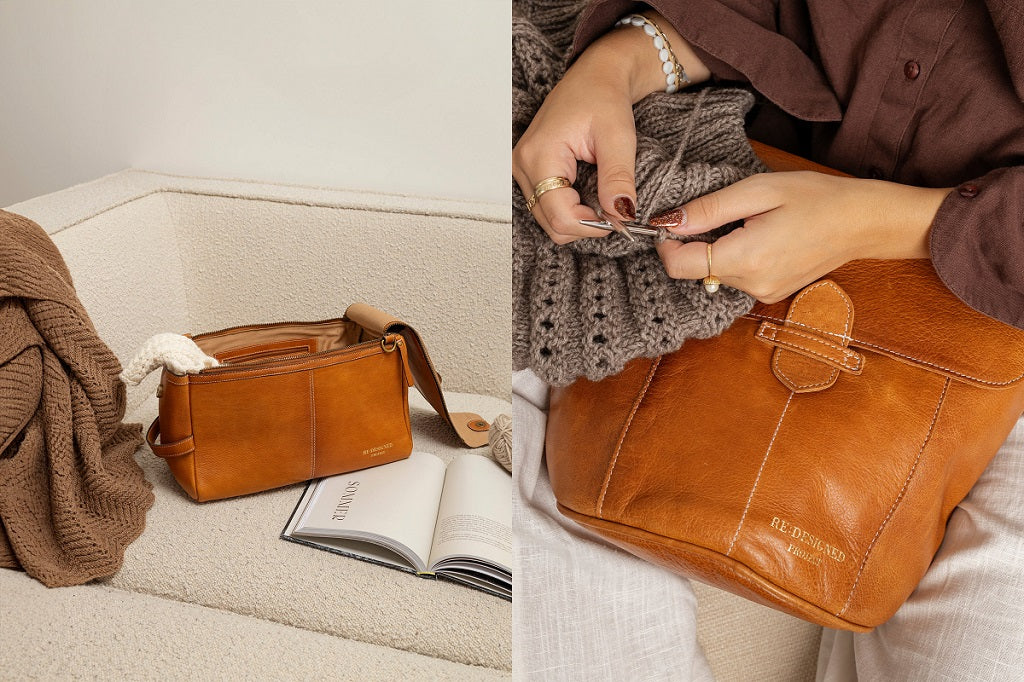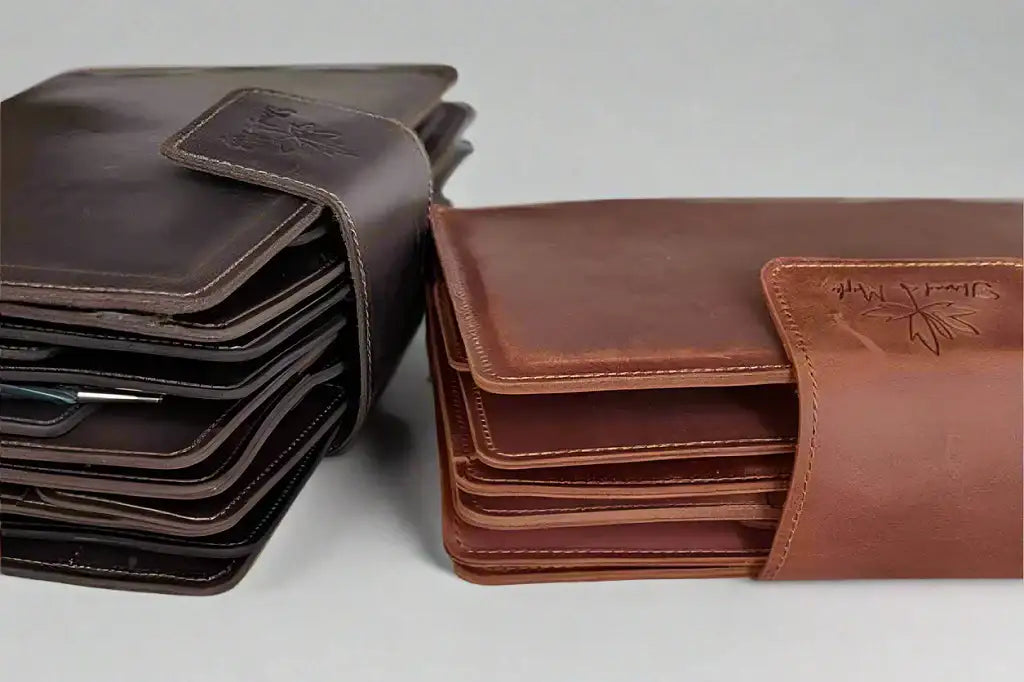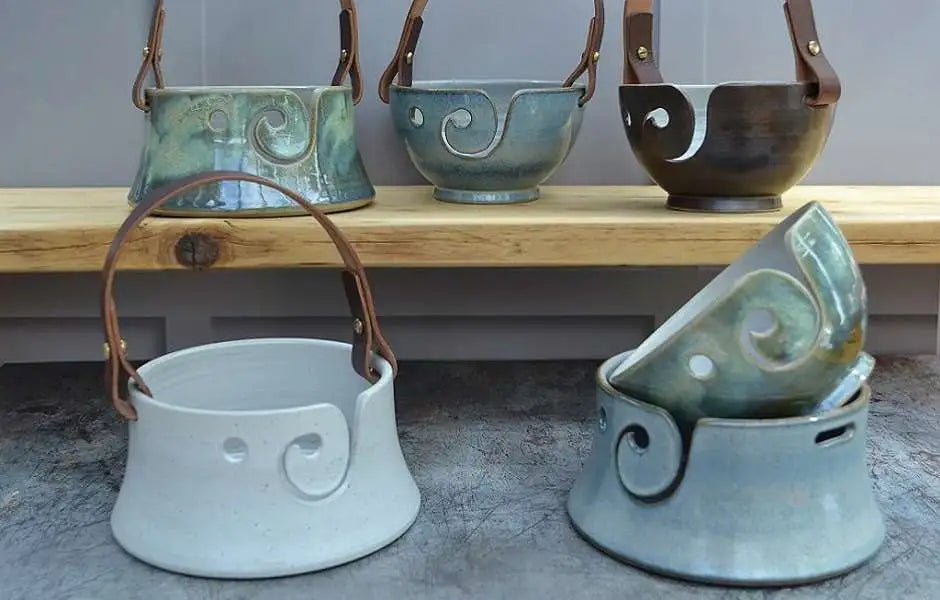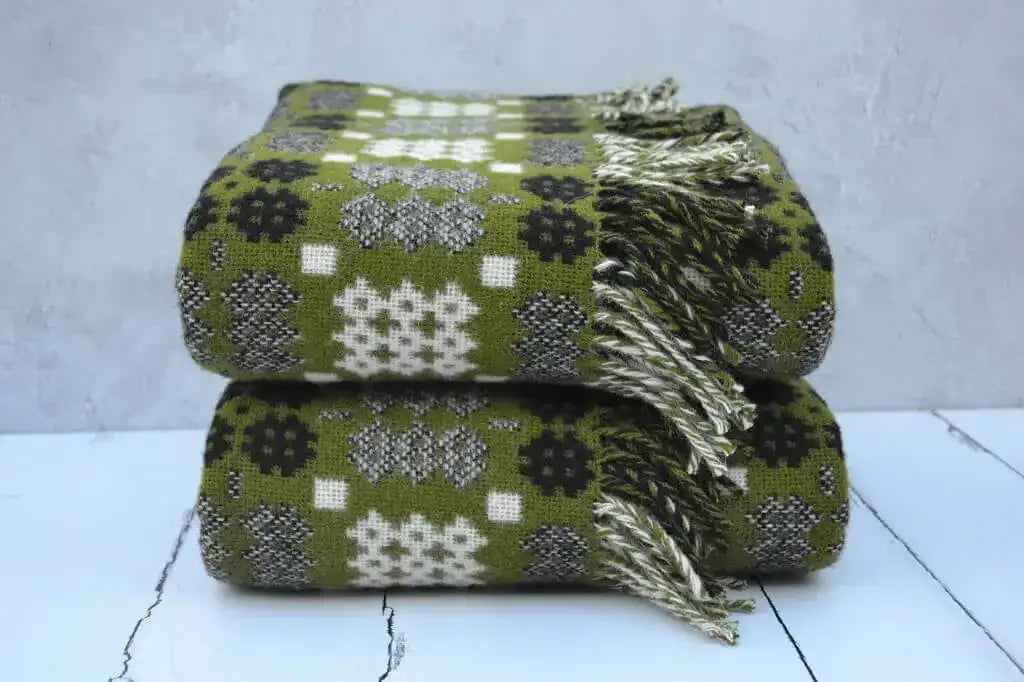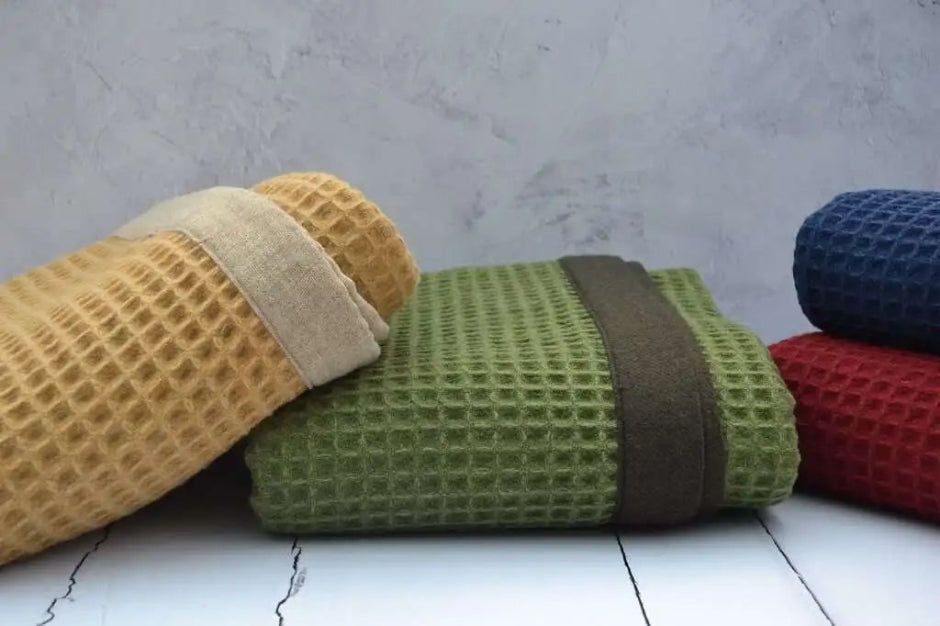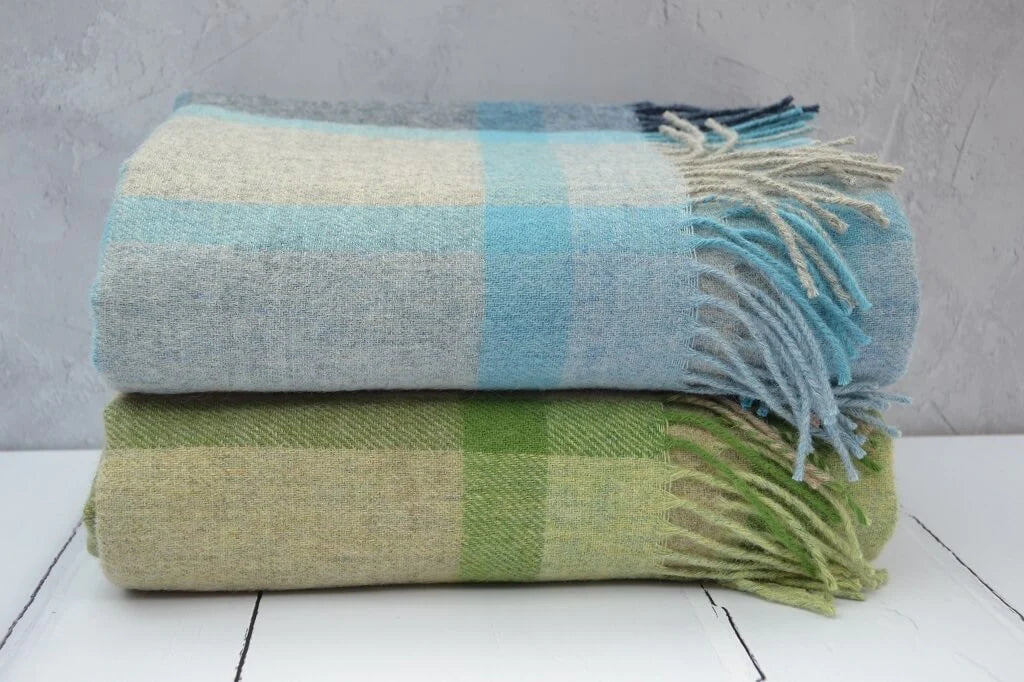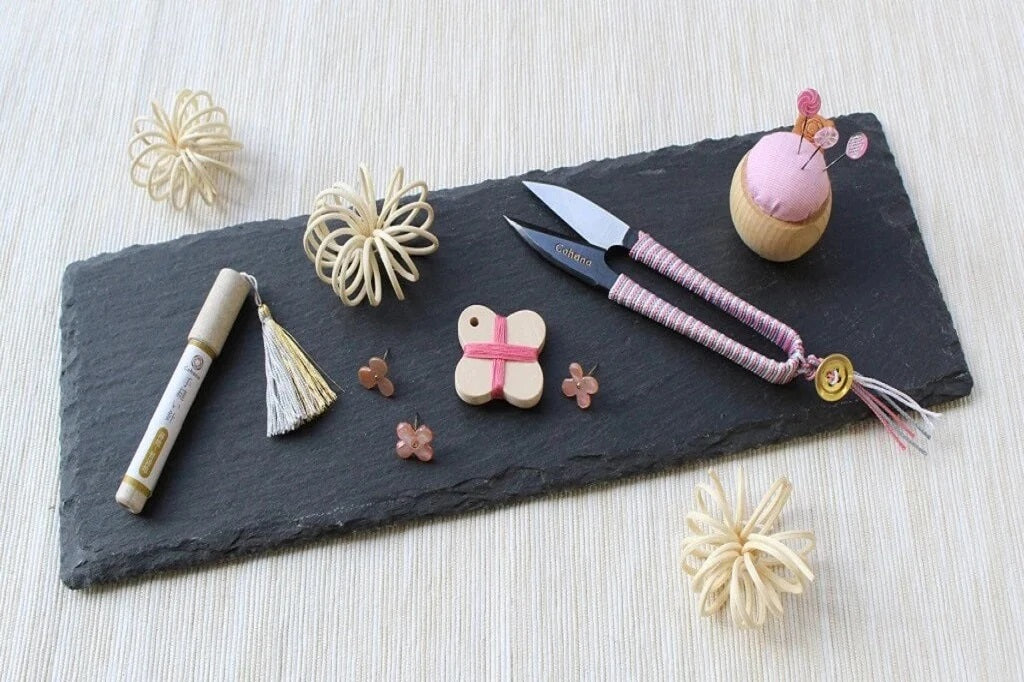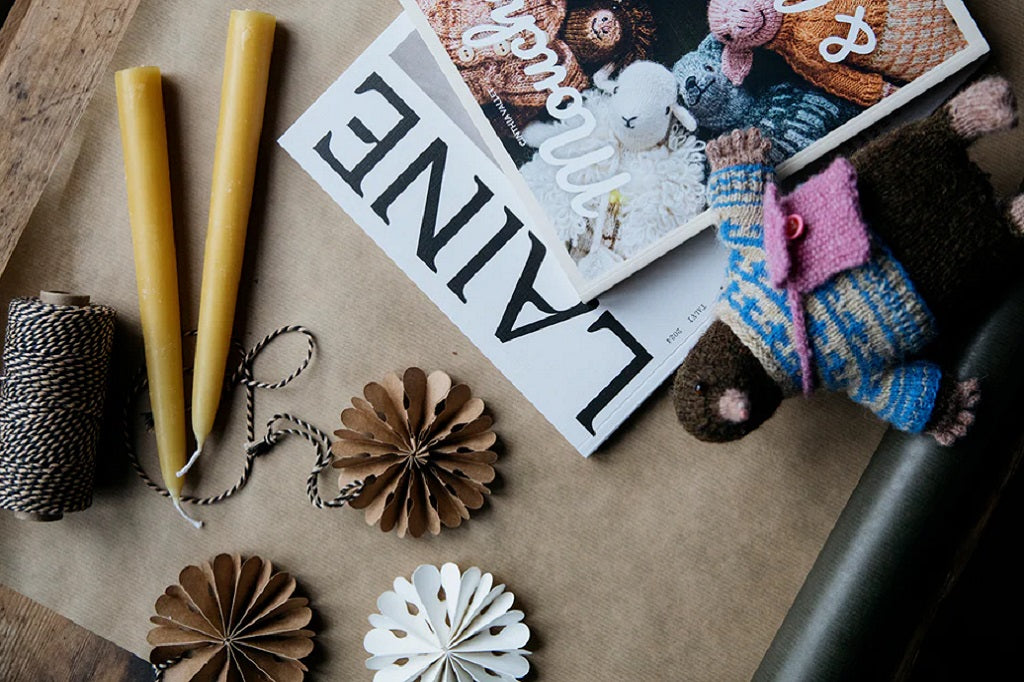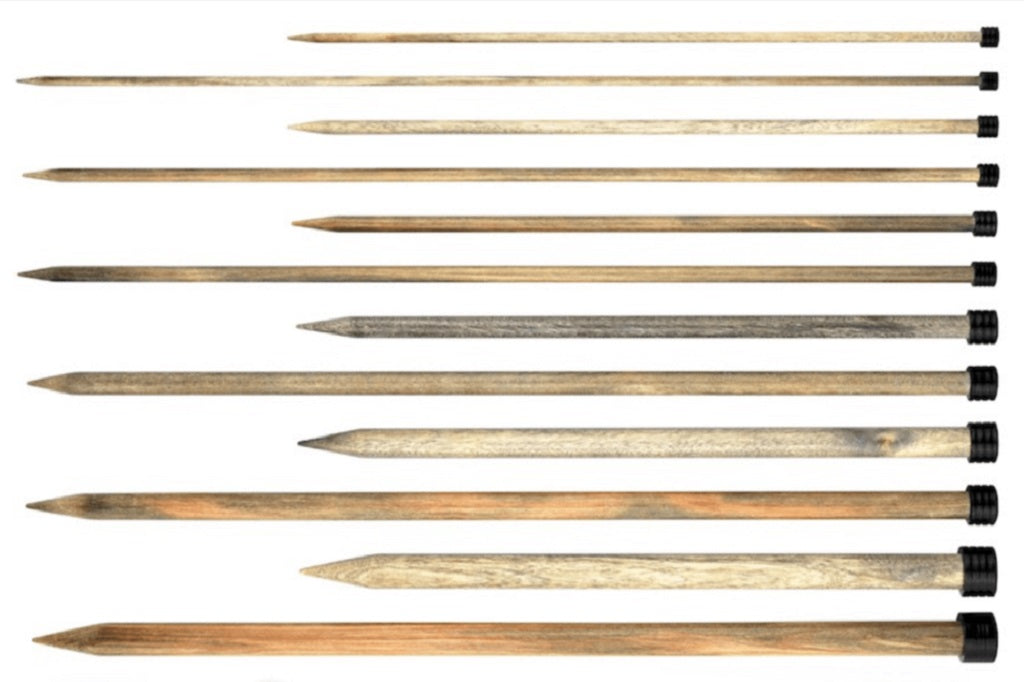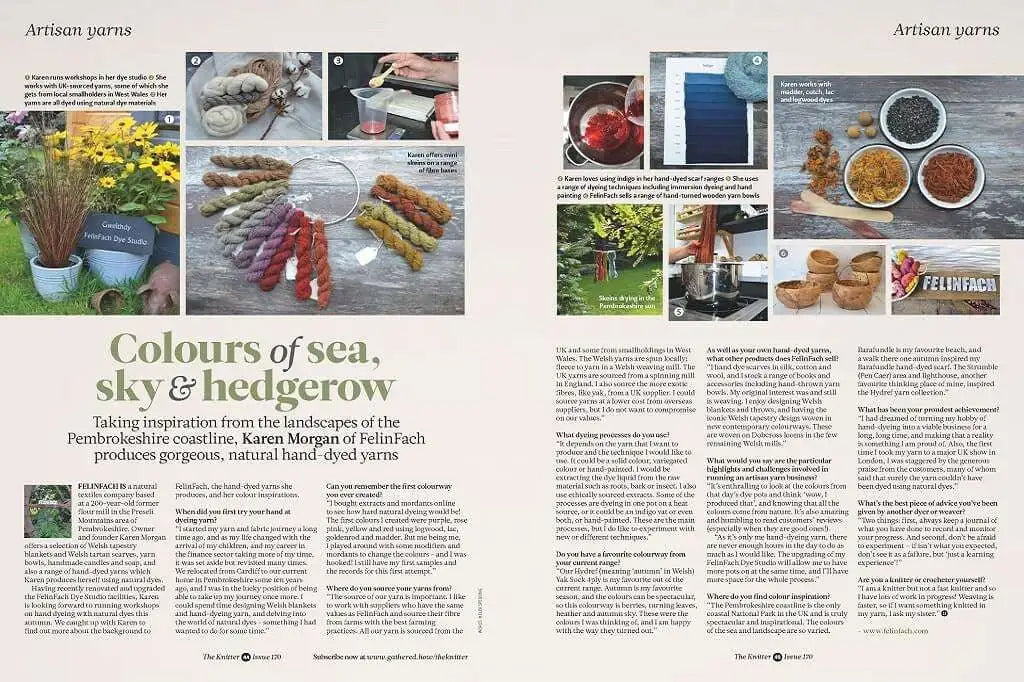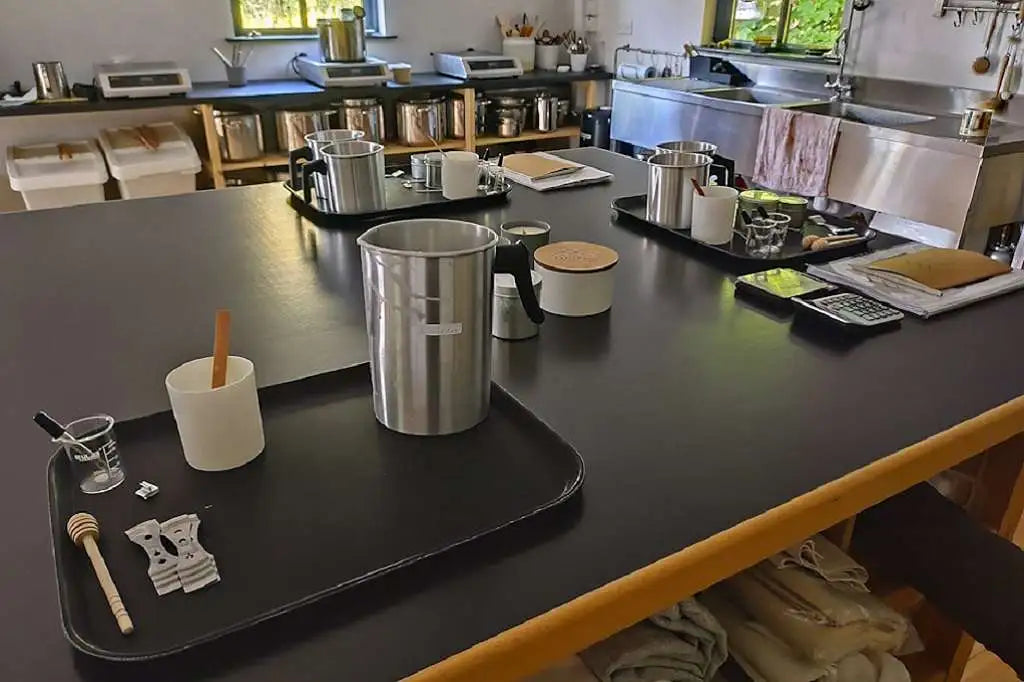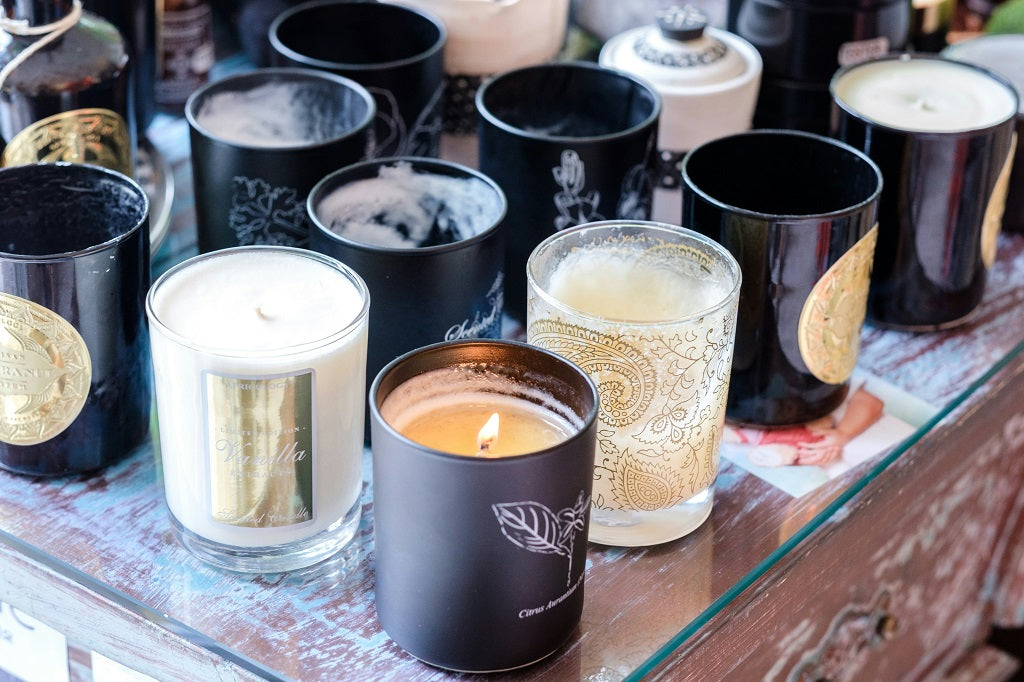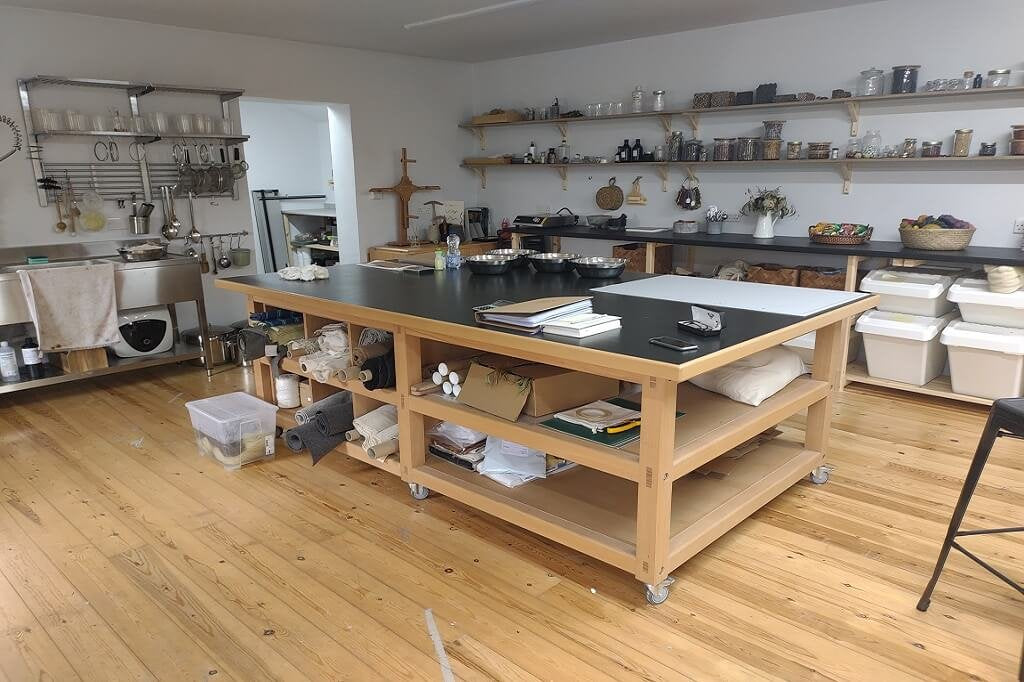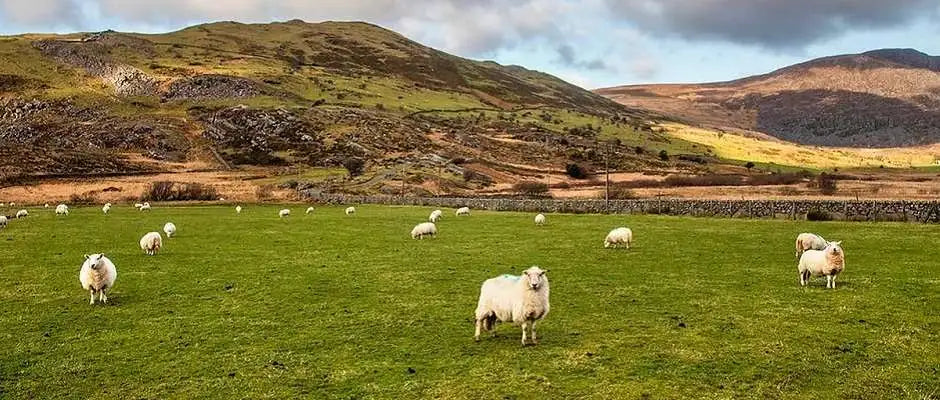Yarn Shop
Welsh Blankets
Clearance Sale
Craft Courses
Welsh Blankets - Fleece to Fabric
Wales is famous for its wool industry, its blankets and throws, including the iconic Caernarfon pattern Welsh blankets. The Welsh wool industry is showcased at the National Wool Museum of Wales, in Drefach Felindre, Carmarthenshire. Sustainability has become an important issue for consumers and wool is the natural source of sustainable materials. Each year, sheep produce a new fleece making yarn a 100% renewable fibre source. Wool is a 100% natural fibre and has evolved to become one of the most effective natural forms of all-weather protection known to man.
We’ve all seen a wool fleece but they are usually on the back of a live sheep walking around the fields! So how does a wet and maybe dirty fleece get to a cosy, warm, clean fabric suitable for us at FelinFach.
Welsh Blankets - Fleece to Fabric
Introduction
On the farms in rural Wales, sheep shearing was the social highlight of the year. Sheep were sheared in one piece and prepared for the mills. The sorting process was vital as different sheep produce different quality of wool, resulting in different produce like clothing, carpets and blankets, while the quality of wool varies depending on the part of the sheep’s body it comes from.
Shearing
Firstly usually before the summer months, sheep shearing is the process of cutting off the fleece from the sheep. The fleeces of sheep can look very different and this leads to the various fleeces being used for different products. Some fleeces are coarse and these are suitable for carpet making whereas finer wool is used for clothing and the types of products we make at FelinFach. The finest wool is called merino wool. The diameter and the crimp of the fleece determine the use of wool. The crimp is the waviness of the fibre and is different from breed to breed. With merino wool, it’s very fine but the crimp in crossbred wool is several millimetres long.
Scouring
Having sheared the sheep and sorted the fleeces, the wool is now cleaned, or scoured. The wool that comes straight from a sheep is often greasy and can contain high levels of valuable lanolin as well as dirt, dead skin, sweat residue, pesticide, and vegetable matter. Scouring may be as simple as a bath in warm water, or as complicated as an industrial process using detergents. It is rumoured that until the 1930’s, some of the larger mills in Wales scoured the wool by immersing the raw wool in a solution consisting of one part human urine, one part water! This process no longer continues!
Carding and Spinning
Carding is a set of processes that converts a tangled mass of scoured wool into fully disentangled, soft rolls of wool for spinning into yarn. Originally done by hand, a carding engine was invented in the 18th century. Spinning pulls and twists the fibres together to form a continuous thread, turning the soft rolls into strong woollen yarn, originally by using a portable spindle and whorl.
Warping and Weaving
Warping by hand is a complicated process with all the threads for the warp of a piece of cloth placed in the correct order and colour sequence, before weaving. Weaving turns the yarn into cloth, which is made of two sets of threads. The warp thread sit side by side, and the weft threads are woven under and over the warp.
About FelinFach
Located in Pembrokeshire Wales, our ethos is defined in the three words...
NATURAL TRADITIONAL HANDMADE.
- Hand woven iconic Welsh blankets.
- Hand dyed yarn, dyed with natural dyes only - no exceptions!
- Hand poured candles, candle accessories and Candle Making Workshops.
- Natural Dyeing Craft courses.
- Yarn shop, yarn bowls, project bags, tools and accessories for knitters and crafters.
- Welsh Gifts, made in Wales, handmade in Wales.
We are a proud supporter of Americymru the Campaign for Wool, Global Welsh and Red Dragon America.
Other FelinFach Pages
Last updated 16th February 2025

